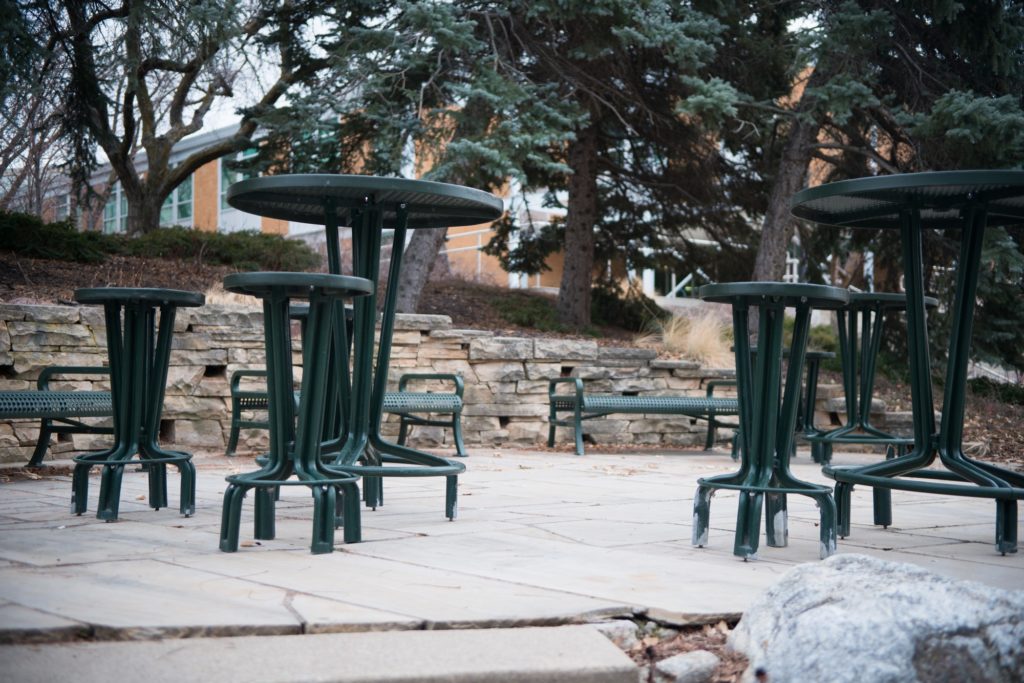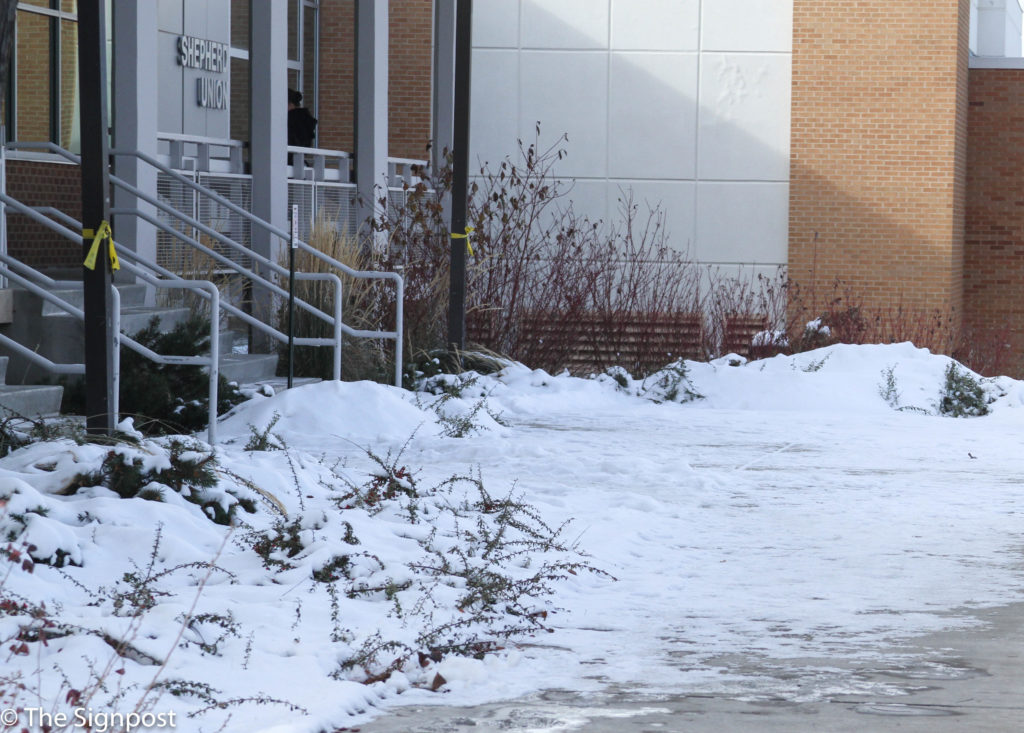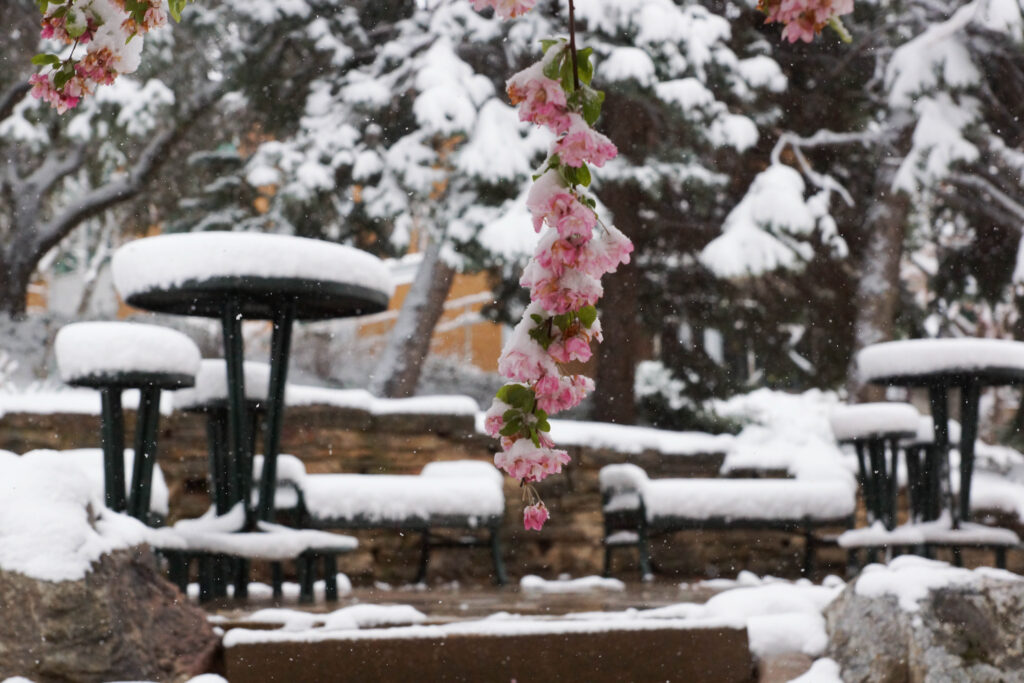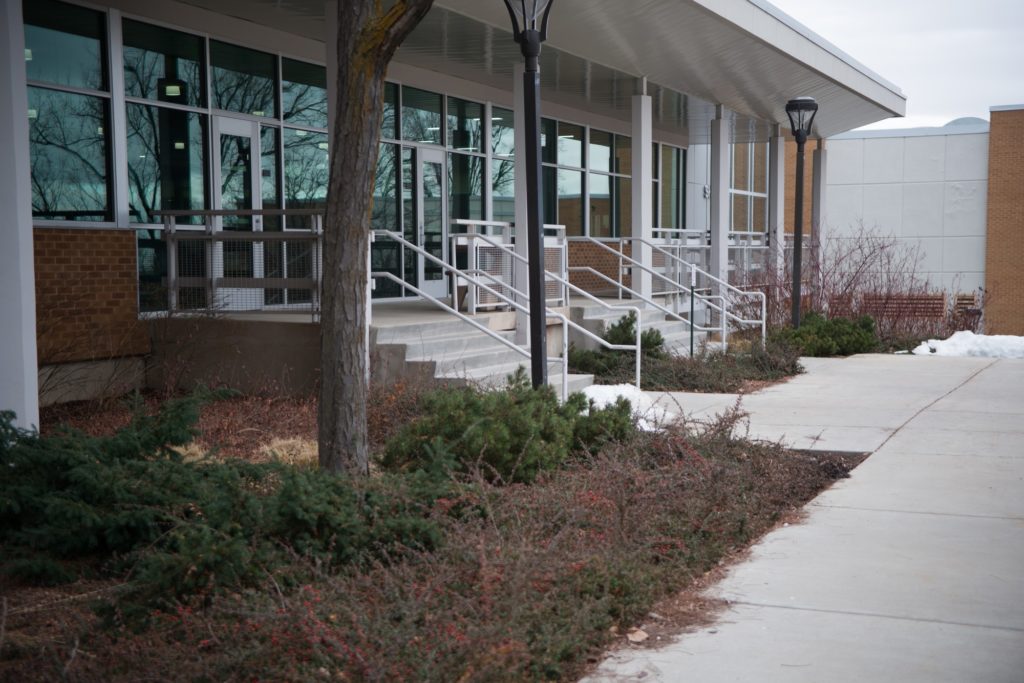The northern Wasatch mountain range is experiencing another near-record low snow year. On January 31, precipitation totals were tallied for the month showing statewide below-average snowpack.
The northeast Uintah Basin and Raft River Basin snow telemetry, or “snotel” sites, have registered the highest percentages of their average snow water equivalent (SWE) at 85 percent and 88 percent, respectively.
Moving south, the percentages are even lower. The Weber-Ogden Basin snotel site shows 58 percent of the average SWE, and is near the middle of the state’s SWE numbers for the beginning of February.
The Weber-Ogden basin is far from last in snow totals. Southern Utah is the most lacking in snowfall so far this winter.

The southern half of Utah’s basins are all sitting below 50 percent of average SWE. The Beaver River Basin has the lowest totals and is currently reporting 29 percent of its average SWE.
Snowbasin Ski Resort has recorded snowfall and weather data for every day of winter operations since 1962. This season, Snowbasin has received 95 inches of snow and has a base depth of 33 inches.
The 2017-2018 season isn’t the worst for Snowbasin, so far. In fact, it’s not even the worst in the last decade. Three winters ago, the resort only had 94 inches of snow with a base of 36 inches by February 1, 2015.
1991 and 1994 are tied for last in Snowbasin’s weather data. The two low snow years produced only 84 inches of snow by the first of February. At the beginning of February 1986, Snowbasin had just 92 of snowfall.

Prior to 1981, Snowbasin’s records only contain the snow depth, not the year to date snowfall. In the years preceding the records change, only one season had a lower snow depth at this point in the year. 1963 only managed to build a base of 30 inches.
According to records provided by Snowbasin’s ski patrol and snow safety department, the 2017-2018 winter is currently the fourth lowest snow season at the resort.
Ben Lomond Peak, north of Ogden and historically one of the snowiest places in Utah, is currently reporting 44 percent of the median SWE.
On Thursday, Evan Thayer, a self-described “hobbyist meteorologist,” skier, blogger and established weather forecaster within the ski community, published an in-depth analysis of the current state of the snowpack in Utah at opensnow.com.
In his latest entry, Thayer facetiously warned readers who may have weaker constitutions regarding upsetting news about snow to not read further, lest their “masochistic tendencies prevail.”
The analysis on January 31 contained eight graphs comparing the current winter season with recent seasons that had low snowfall totals. For the most part, the graphs show the 2017-2018 winter season as the lowest or second lowest in the last two decades. For Ben Lomond Peak, the year that was worse was 2007.
Thayer reminded readers of his reports that this season is only about halfway over and that most of the terrain in the Utah resorts is open.
Jean-Pierre Goulet, the marketing manager at Powder Mountain Ski Resort, had an optimistic outlook for skiers and snowboarders who may be turned off by the lack of snow in Utah.
“The snow’s nice. The days are nice. The terrain park is great,” Goulet said.
Most ski resorts in Utah are experiencing fewer skier visits this season. One of the main reasons cited for cancelled bookings is the lack of snow.
This winter is a stark change from last winter. In February of 2017, The Signpost reported on a near-record high snow pack.
There are three more months of skiing at most Utah ski areas to prove if any seasonal snowfall records are set.















